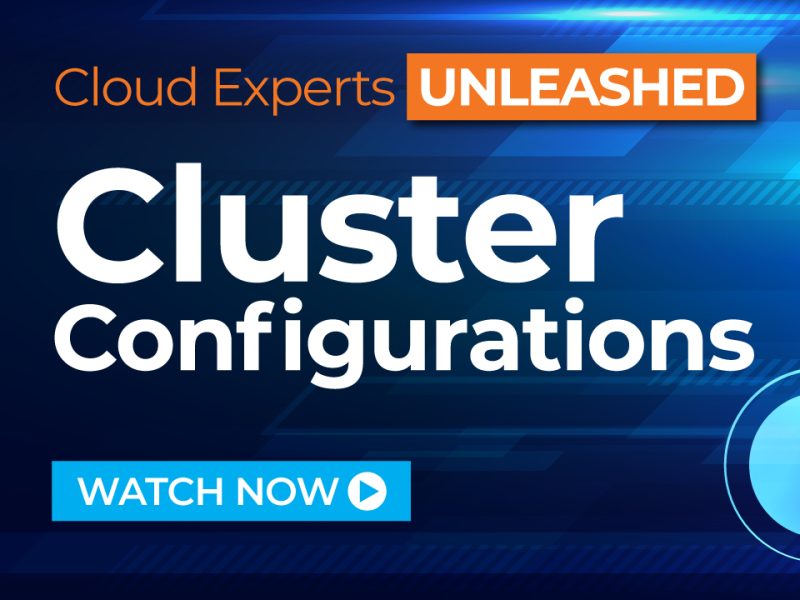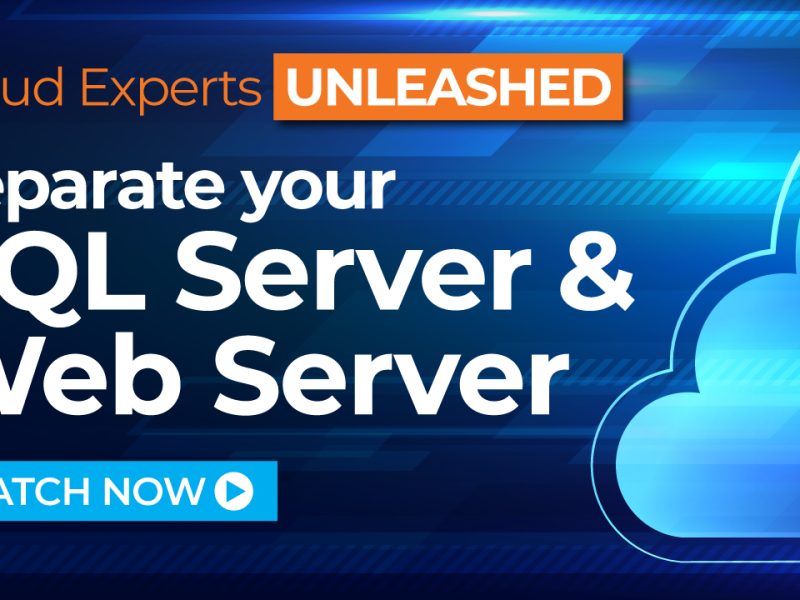Moving your applications to the cloud can bring a multitude of benefits to your business. Here are some of the key benefits of having your applications in a cloud environment:
Scalability: One of the biggest advantages of the cloud is its scalability. With a cloud solution, you can easily scale up or down your computing resources to meet the demands of your business. This allows you to handle unexpected spikes in traffic or changes in business needs, without having to make significant investments in new hardware.
Cost Savings: Another key benefit of moving your applications to the cloud is cost savings. With a cloud solution, you only pay for what you use, and you can avoid the upfront costs and ongoing maintenance costs associated with owning and operating your own hardware. This can result in significant cost savings for your business.
Redundancy: Enterprise Cloud and IAAS providers (like xByte) design their Cloud stack to withstand failures at every layer, so that critical applications continue to run uninterrupted. Enterprise Cloud means that your critical applications don’t depend on any single hardware device, power bank, or Internet provider, and has enough resources to survive large DDOS attacks.
Improved Disaster Recovery: By moving your applications to the cloud, you can also improve your disaster recovery capabilities. With a cloud solution, your data is stored in highly secure, off-site data centers, and can be quickly and easily recovered in the event of a disaster. Even with Cloud redundancy, applications are not immune to human error, bugs, or malware. It’s imperative that you discuss your Recovery Point Objective (RPO) with an Engineer before your first disaster happens. The default DR plan is to store your data in highly secure, off-site data centers, that can be easily recovered in the event of a disaster. But the RPO can depend on the amount of data, and the upload/download rate involved. For example, if you have 1TB of data, and you can only download at 100Mbit/sec, your RPO will be at least 24 hours. On the other hand, it is possible to have a RPO time as short as 3 minutes, by staging your environment in a different Cloud region and keeping the data in sync at all times.
Improved Performance: Cloud solutions are designed to provide high levels of performance and availability. By moving your applications to the cloud, you can benefit from improved performance, with faster and more reliable access to your applications and data.
Determining the Most Suitable Migration Pathway for Your Business
Once you have decided to move your applications to the cloud, the next step is to determine the most suitable migration pathway for your business. There are several options to consider, including:
Lift and Shift: This approach involves moving your applications to the cloud without making any changes to the existing infrastructure. This is a simple and straightforward approach, but may not take full advantage of the benefits that the cloud can offer.
Re-Architect: This approach involves re-architecting your applications to take full advantage of the cloud environment. This can involve making changes to the application architecture, data storage, and security. This approach can provide more benefits, but also requires more effort and investment.
Hybrid: This approach involves a combination of lift and shift and re-architect, and can be the most suitable option for many businesses. With a hybrid approach, you can start by moving your applications to the cloud with a lift and shift, and then gradually re-architect over time as needed.
Setting the Right Goals and Asking the Right Questions
Before you begin your migration journey, it is important to set the right goals and ask the right questions. Here are some key considerations to keep in mind:
Define your objectives: What are you trying to achieve with your migration to the cloud? Are you looking to improve performance, reduce costs, or improve disaster recovery capabilities? Understanding your objectives will help you make the right decisions throughout the migration process.
Assess your existing environment: What are your current infrastructure and application requirements? What are the key challenges and limitations that you are facing with your current environment? Understanding your existing environment will help you make informed decisions about the most suitable migration pathway for your business.
Evaluate your migration options: What are the different migration options available to you, and what are the pros and cons of each option? Consider your business requirements, budget, and timeline when evaluating your migration options.
Choose the right provider: Who will provide your cloud services and support? Choose a provider with a strong track record, and with experience in supporting your infrastructure.
In conclusion, moving your applications to the cloud can bring numerous benefits, including increased efficiency, cost savings, and improved disaster recovery. By working with a managed service provider like xByte Managed Services, you can ensure a smooth and successful cloud migration journey. Our team of cloud experts has over 20 years of experience in managing cloud and dedicated infrastructures and will work with you every step of the way to ensure that your goals are met, and your migration is successful. With our 24/7 monitoring, constant intervention, and migration expertise, you can trust that your cloud migration journey will be in good hands.


